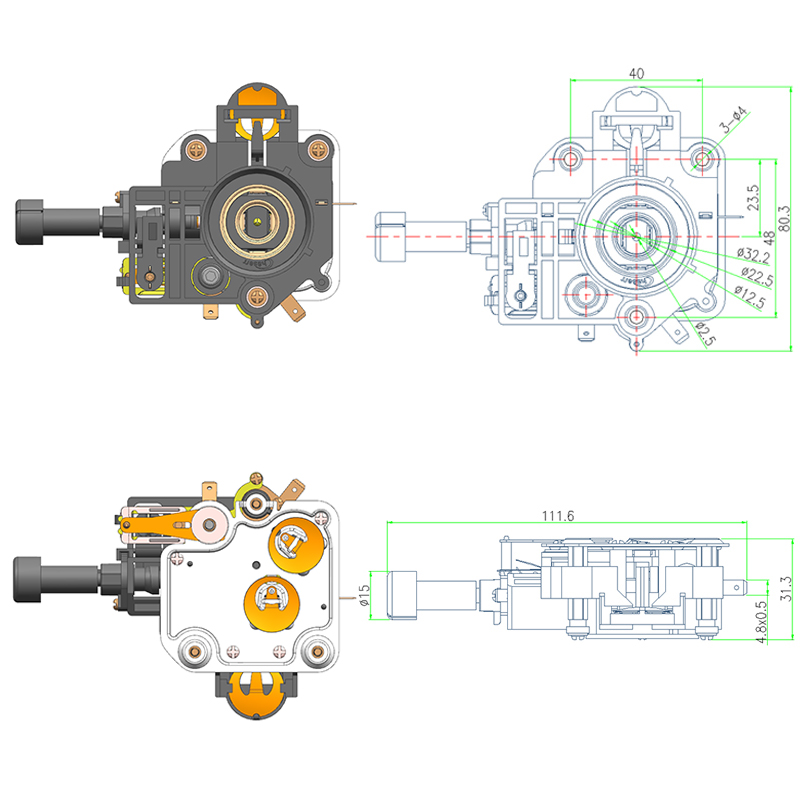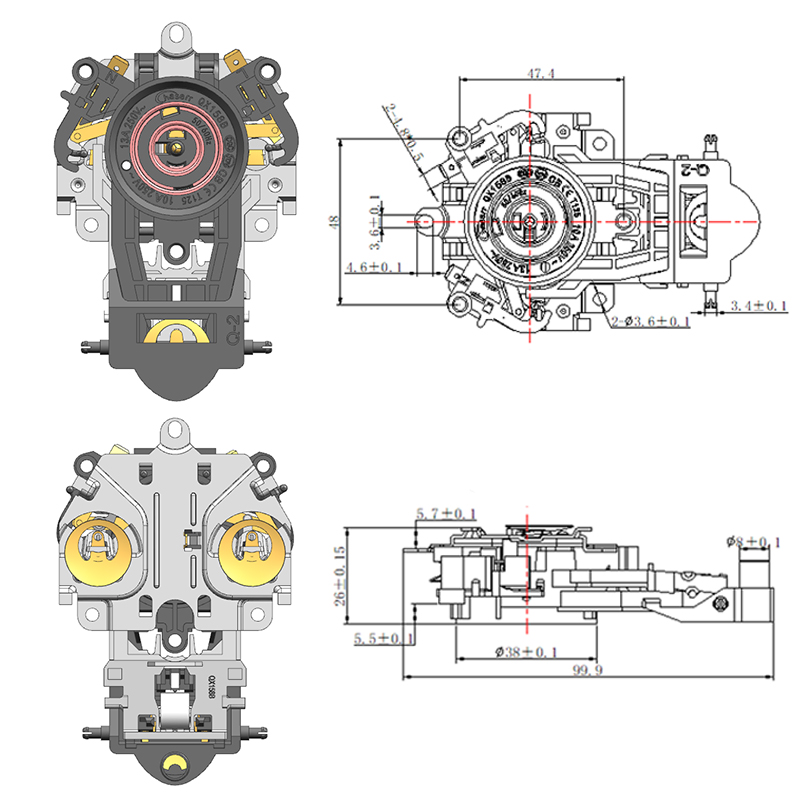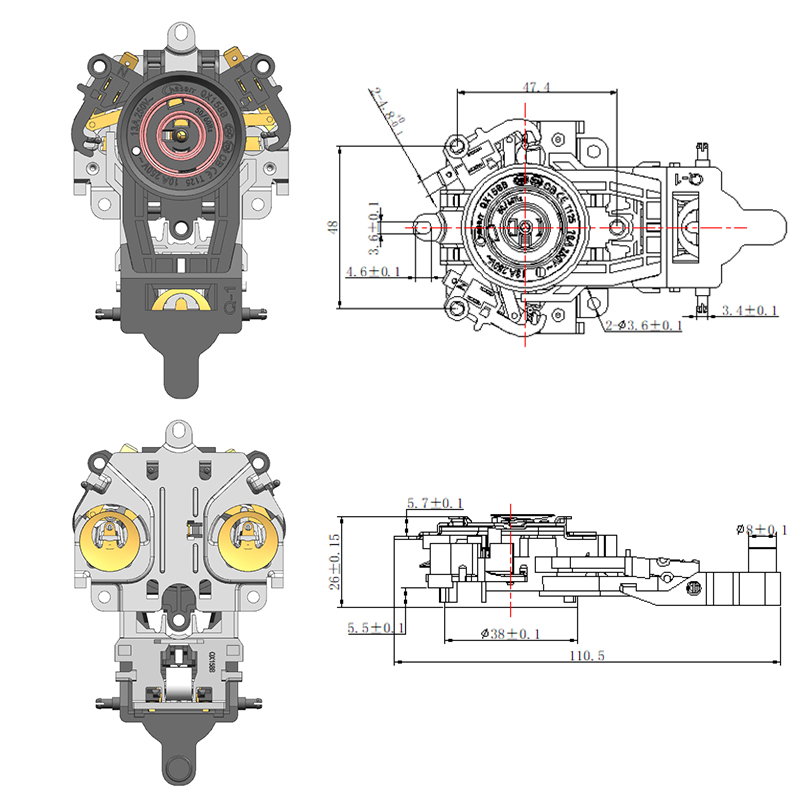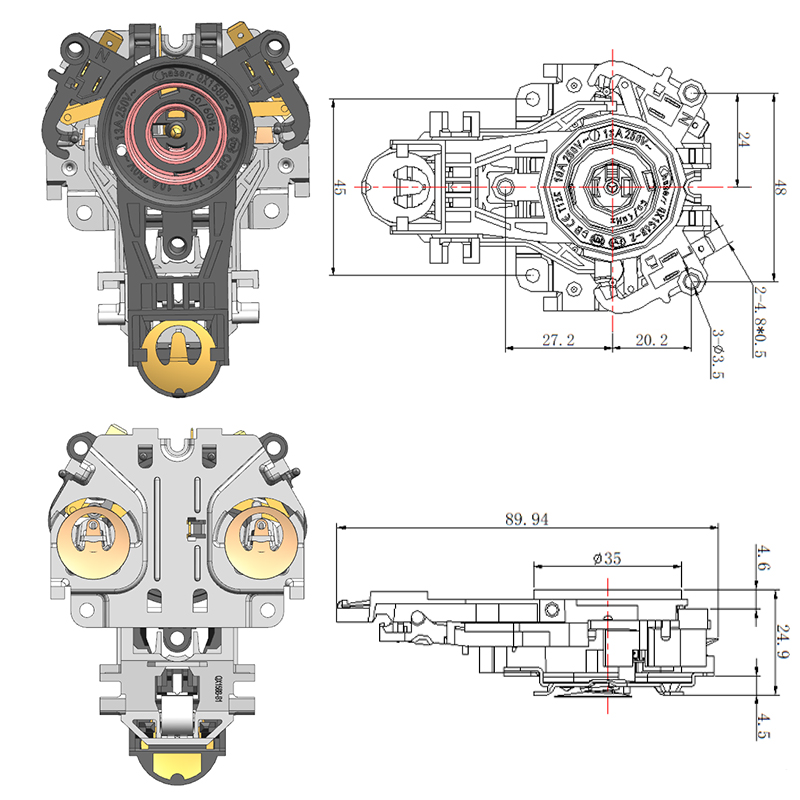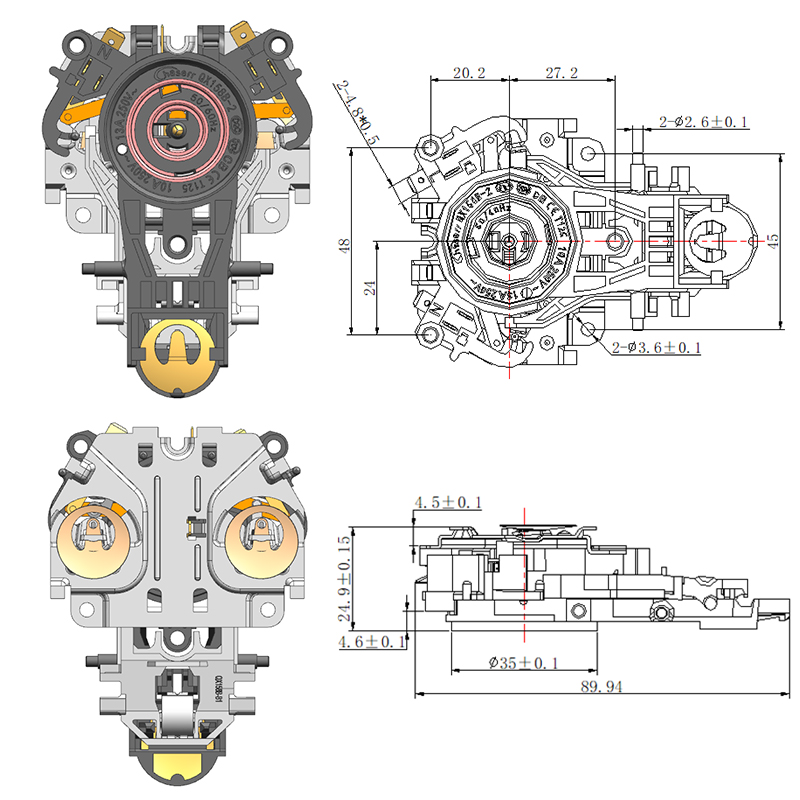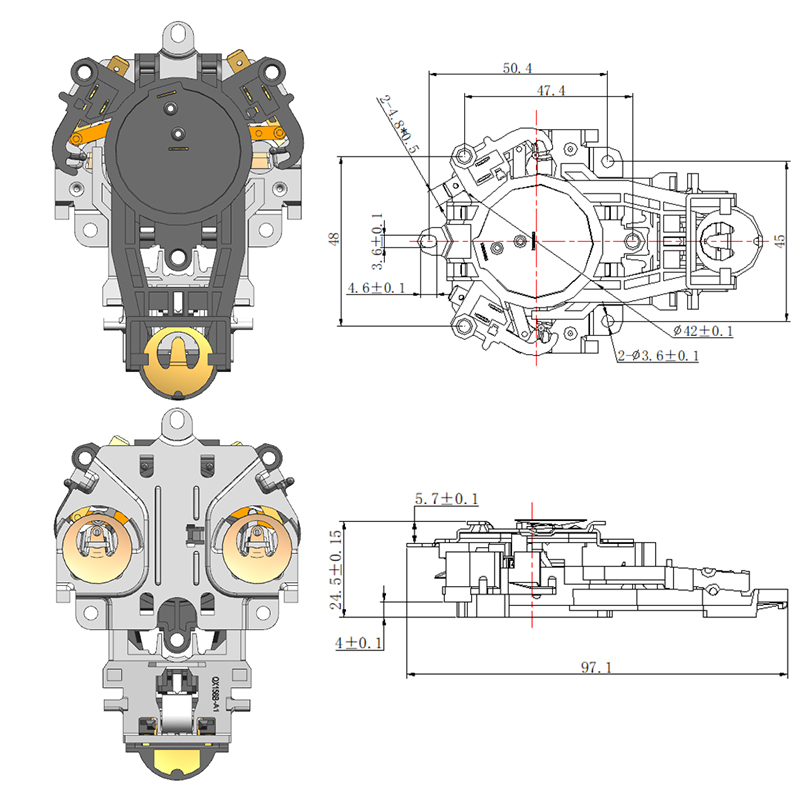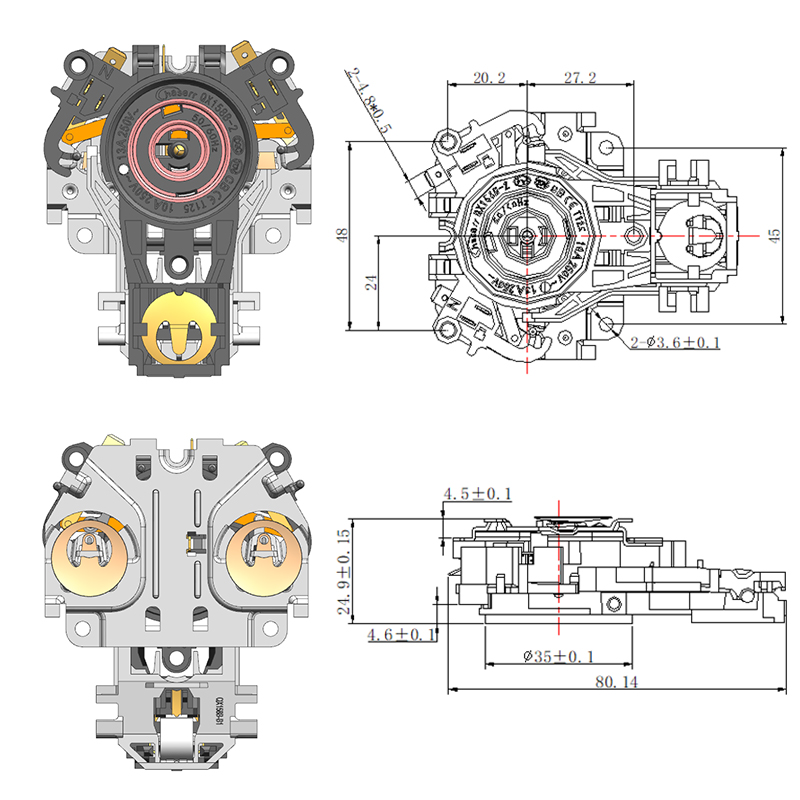Evaluating Wear and Aging of Water Supply Control Kettle Coupler
Water Supply Control Kettle Coupler is widely used in commercial and residential water dispensing systems due to its convenience and reliable performance. One of the important considerations for users is the coupler’s durability under high-frequency operation. Frequent usage can cause mechanical wear, material fatigue, and eventual aging, potentially affecting the device’s functionality and safety. Understanding the factors that influence wear and aging is essential for manufacturers, installers, and end-users seeking long-lasting, dependable performance.
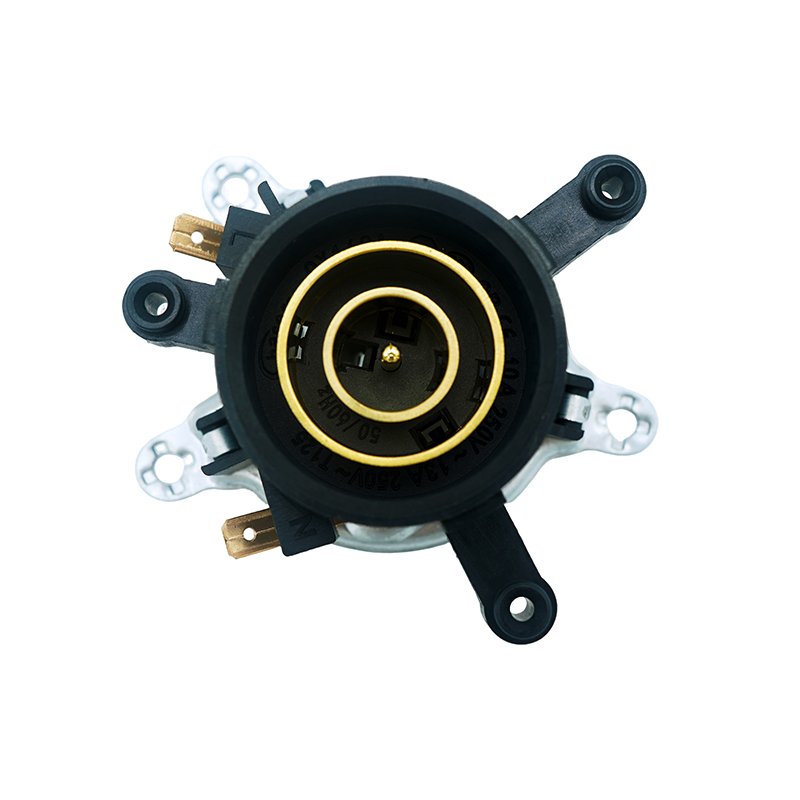
Material Selection and Impact on Longevity
The materials used in a Water Supply Control Kettle Coupler significantly determine its resistance to wear and aging. High-quality metals, polymers, or composite materials are often selected for their strength, corrosion resistance, and low-friction properties. Brass, stainless steel, and reinforced engineering plastics are common choices that offer durability under repeated operation. Poor-quality materials or cost-cutting substitutions may accelerate wear, causing leaks, deformation, or reduced operational life. Material selection is therefore a key factor in ensuring that the coupler withstands frequent use over time.
Mechanical Components and Wear Factors
A Water Supply Control Kettle Coupler contains moving components such as valves, seals, springs, and connectors that are particularly susceptible to mechanical wear. High-frequency usage causes repeated friction and stress on these parts, gradually reducing their effectiveness. Seal materials may harden or crack, springs may lose elasticity, and metal components may develop surface wear. These changes can compromise the coupler’s ability to maintain accurate flow control, create leaks, or even result in failure if not addressed through robust design and quality materials.
Influence of Water Quality and Environmental Conditions
Water quality and environmental conditions also impact the aging and wear of the coupler. Hard water or water containing impurities can cause scale buildup and abrasive wear on internal surfaces. High temperatures may accelerate material degradation, particularly for polymer seals or gaskets. Proper design considerations, including the use of corrosion-resistant materials and easily replaceable components, help mitigate these effects and extend operational life even in challenging environments.
Maintenance Practices for Prolonged Life
Routine maintenance is essential to preserve the performance of a Water Supply Control Kettle Coupler under frequent use. Regular cleaning prevents the accumulation of debris, scale, or sediment that can accelerate wear. Inspecting seals, replacing worn components, and lubricating moving parts when appropriate all contribute to maintaining functionality and extending service life. A well-maintained coupler can remain reliable and efficient even under high-frequency operation, reducing downtime and replacement costs.
Design Innovations for Enhanced Durability
Modern Water Supply Control Kettle Coupler designs incorporate innovations to resist wear and aging. Reinforced seals, low-friction coatings, and optimized mechanical tolerances improve durability. Some models feature modular components that are easily replaceable, reducing the impact of wear on the overall system. These design advancements ensure consistent performance and safety, even when the coupler is subjected to continuous or heavy use.
Ensuring Long-Term Performance Under Frequent Use
High-frequency use presents challenges for the durability of Water Supply Control Kettle Coupler systems. Through careful material selection, robust mechanical design, maintenance practices, and innovative engineering solutions, manufacturers can reduce wear and aging effects. Properly designed and maintained couplers remain reliable, efficient, and safe over extended periods, making them suitable for both residential and commercial applications where repeated operation is expected. Attention to durability ensures that users experience consistent performance without unexpected failures or interruptions.

 English
English  中文简体
中文简体  Español
Español 
